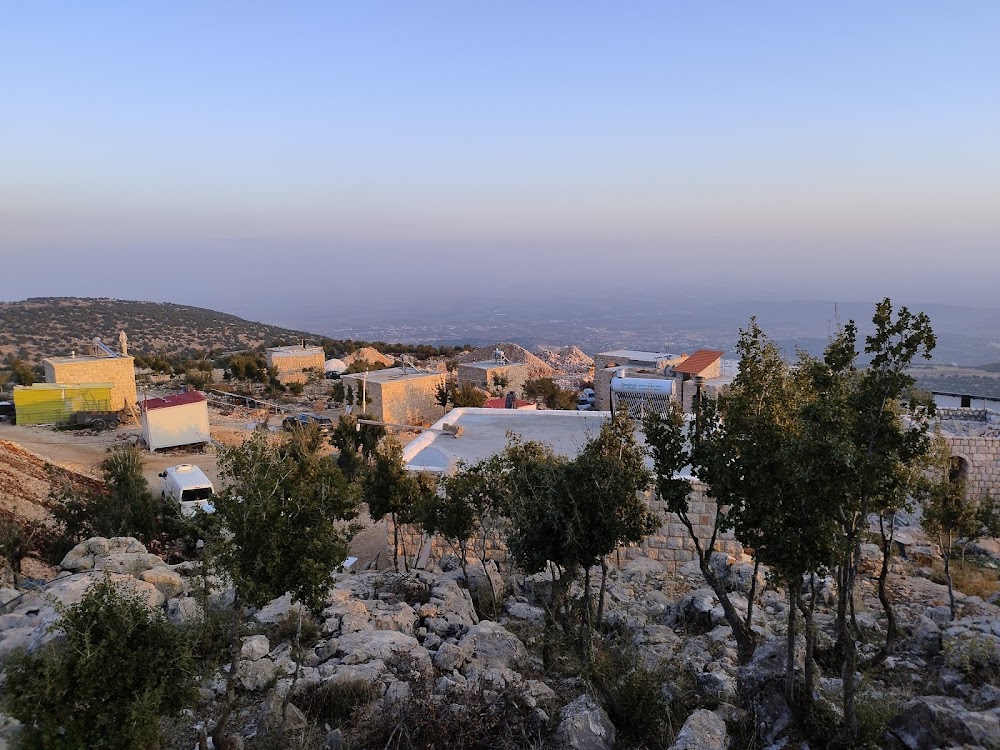Temples of Baalbek (معابد بعلبك)
Overview
Nestled in the breathtaking Beqaa Valley of Lebanon, the Temples of Baalbek stand as one of the ancient world's most awe-inspiring architectural treasures. Known as Heliopolis or the "City of the Sun" in antiquity, Baalbek showcases the grandeur of Roman architecture and its enduring legacy in regions once under Roman rule.
The origins of Baalbek stretch back even before the Roman era; it was initially a sacred site for the Phoenicians, who worshipped the local deity Baal. However, under Roman dominion, Baalbek evolved into a monumental complex, as emperors aimed to leave a grand symbol of their power by dedicating magnificent temples to their deities, including Jupiter, Bacchus, and Venus.
The Temple of Jupiter is the largest and most striking of the trio, once boasting 54 colossal columns each soaring approximately 70 feet high. Today, only six of these iconic columns remain, but they offer a tantalizing glimpse into the temple's former splendor. The immense scale and the extraordinary engineering required to erect such a structure continue to baffle historians and architects alike, making it a must-see for any visitor.
Adjacent to the Temple of Jupiter lies the Temple of Bacchus, often hailed as one of the best-preserved Roman temples in the world. Dedicated to the god of wine and revelry, this temple is adorned with intricate carvings and sculptures that narrate various mythological tales. The detailed craftsmanship transports visitors back in time, evoking the spirit of the celebrations and rituals that once echoed within its walls. As you wander through its expansive halls, the historical ambience is palpable, enhanced by the ornate friezes and formidable columns.
While smaller and more weathered, the Temple of Venus still captivates with its unique circular design and elegant Corinthian columns. Dedicated to the goddess of love and beauty, its sophisticated architecture reflects the Romans' diverse artistic styles and their deep reverence for their deities. Despite its size, the temple exudes grace and highlights the quest for architectural perfection that characterized Roman design.
Beyond the temples, Baalbek serves as an archaeological treasure trove. Excavations have unveiled layers of occupation from various civilizations, including the Byzantine and Islamic eras, each contributing to Baalbek's rich and layered history. This confluence of cultures makes a visit not only a journey through Roman history but also an exploration of the broader tapestry of the ancient Near East.
Interesting facts abound about Baalbek. For instance, the foundation stones of the Temple of Jupiter, known as the Trilithon, are among the largest quarried stones in the world, each weighing around 800 tons. The mystery of how these colossal stones were transported and positioned remains one of antiquity's great engineering enigmas. Furthermore, Baalbek was designated a UNESCO World Heritage site in 1984, underscoring its global cultural significance and the importance of preserving its unique historical legacy.
For those venturing to Baalbek, the experience is beautifully enhanced by the stunning backdrop of the Lebanon Mountains and the expansive Beqaa Valley. The area's tranquility and natural beauty provide a serene counterpoint to the majestic ruins. Modern amenities in the nearby town of Baalbek ensure comfortable exploration, while local guides offer invaluable insights into the temples' history and significance, bringing the ancient stones to life with fascinating stories and legends.
In summary, the Temples of Baalbek are not merely ruins; they are a monumental narrative etched in stone, offering a profound glimpse into the grandeur and reverence of ancient civilizations. Standing as a testament to human ingenuity, religious devotion, and the timeless pursuit of architectural mastery, a visit to Baalbek is a captivating journey through time. For any traveler, Baalbek is not just a destination; it is an enriching and humbling experience that will leave an indelible mark on your appreciation of history and the wonders of the ancient world.




